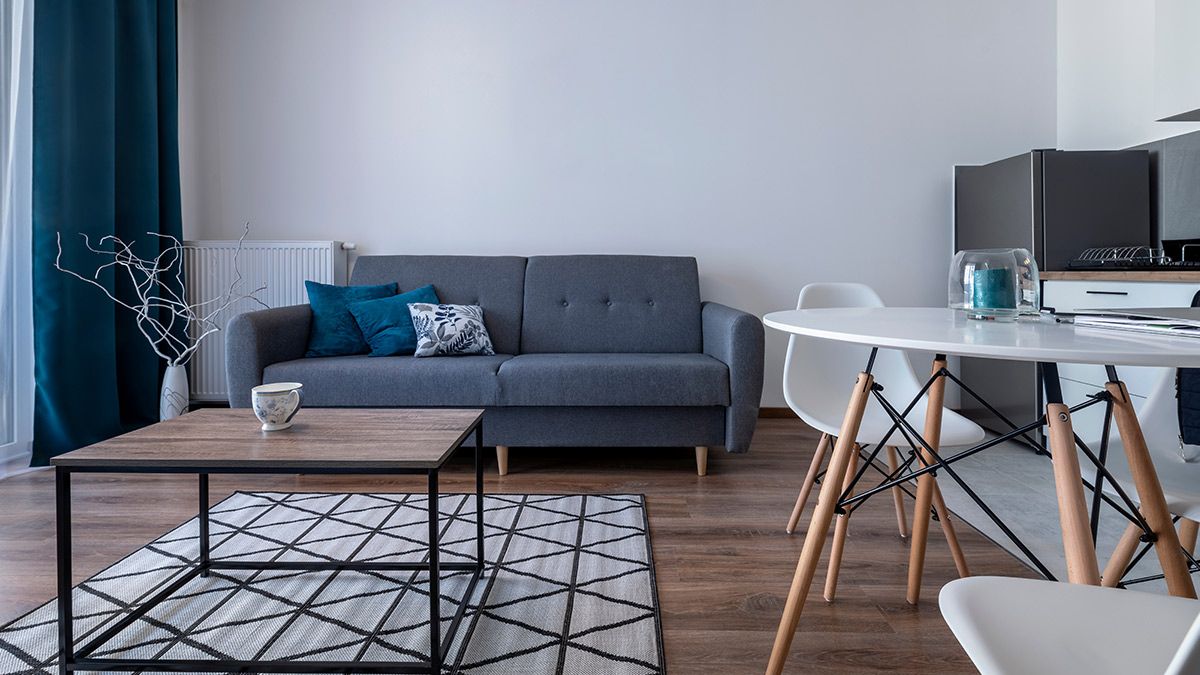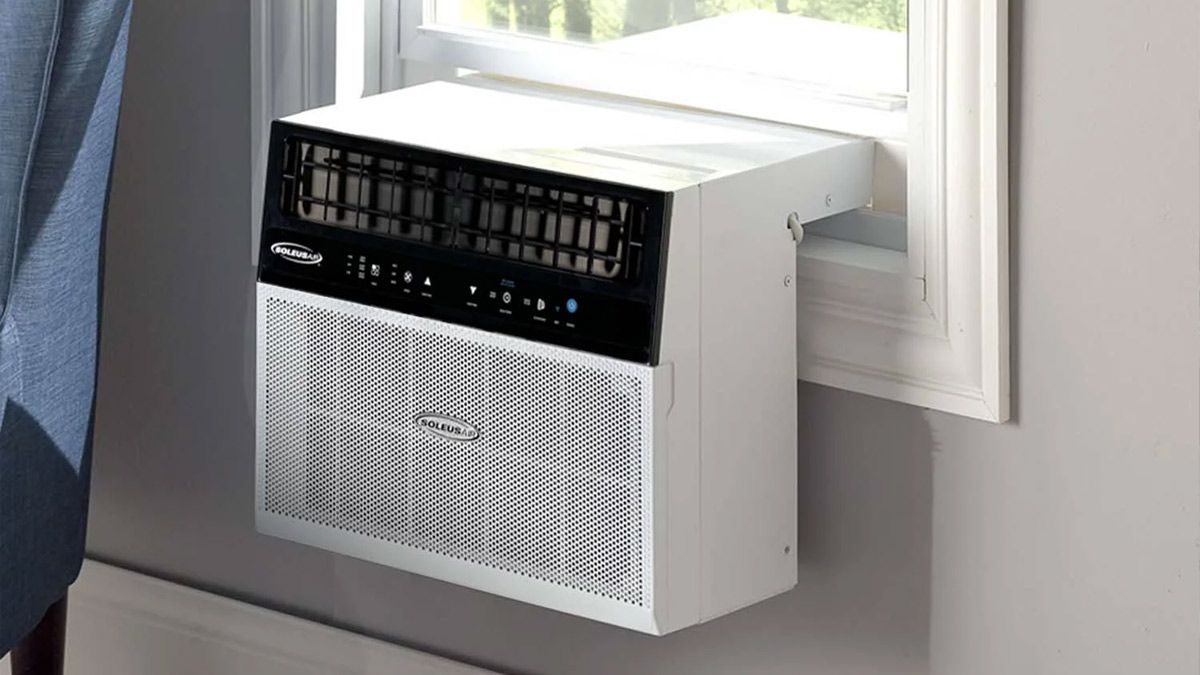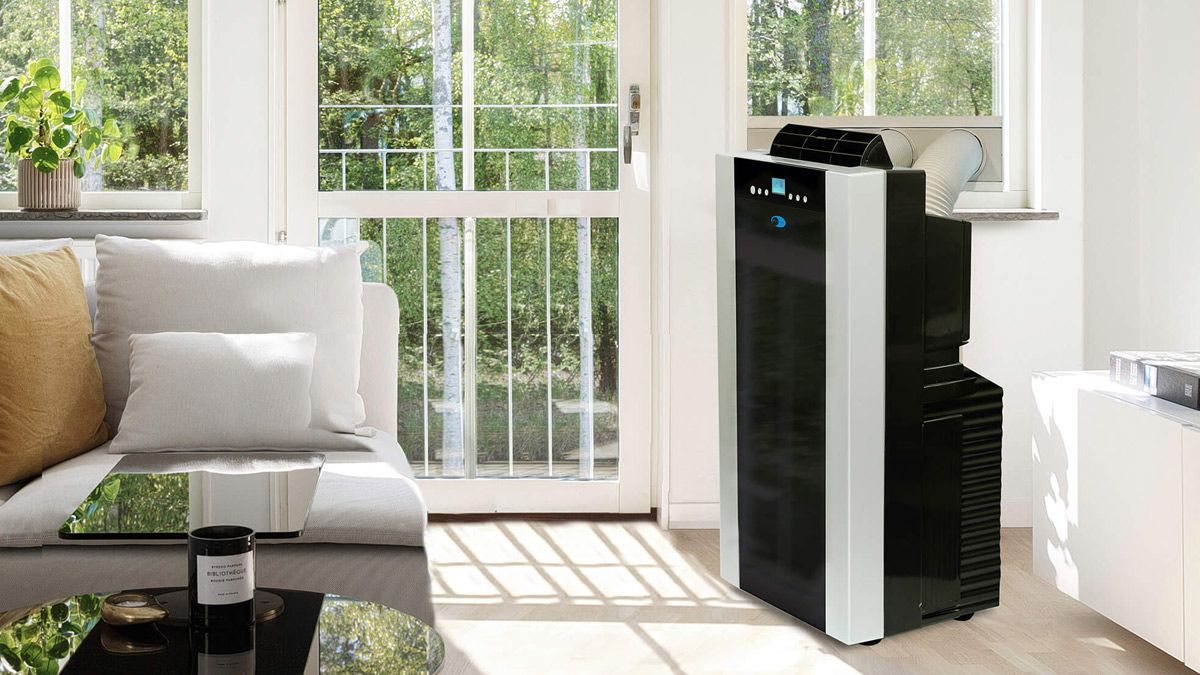Quick Links
Summers aren't getting any cooler, so there's no time like the present to improve your home's cooling. Even if you don't have air conditioning, you might be surprised how easily you can turn your home into a cool oasis---no HVAC installation necessary.
Easy Ways to Avoid Heat Gains
Before we dig into ways to get rid of the heat in your home, the absolute golden rule of keeping your home cooler in the summer is to do everything possible to mitigate heat gains. It's always better to keep heat out in the first place rather than struggle to remove it later.
You can't turn down the searing heat of the summer sun, but you can take steps to minimize how much of that searing sun enters your home. Keep the windows closed and the drapes drawn on the sides of your home with sun exposure. That includes early eastern sun, peak southern midday sun, and evening western sun exposure.
My bedroom is on the east side of my home, and leaving the cellular blinds up and the drapes open on the eastern wall in the morning will raise the room temperature several degrees compared to temporarily insulating the windows with the cellular blinds and heavy drapes. By midafternoon, however, I can open the windows without the sun baking the room.
With that in mind, consider heavy blackout curtains to keep the sun out. You might also consider window film to reflect away heat energy.
Other basic measures like caulking gaps, sealing around windows, using a draft guard under both interior and exterior doors, and other simple measures to seal up your home against drafts and leaks will go a long way towards helping keep heat out and cooler air in.
There's a limit to how much heat you can keep out during the day, though, so let's look at solutions that will help you remove heat and otherwise increase your comfort.
Window Air Conditioners Are Great for Small Spaces
Whether you have a small home that doesn't have central air or a bigger home that does (but you don't want to pay to cool every inch of it to the chilly comfort you prefer), window air conditioners are an effective solution for small spaces.
Bare-bones window units can cost as little as $150 or so, but you'll typically pay closer to $300 for a window AC if you want more features or more cooling power. The basic traditional model, like this Midea 8,000 BTU model, is typical of what you'd find in most homes with window AC units and similar to what you'll find at big box retailers across the US.
But there are now window units on the market that have a saddle-style split design where the unit hugs the window sill like a pair of saddle bags.
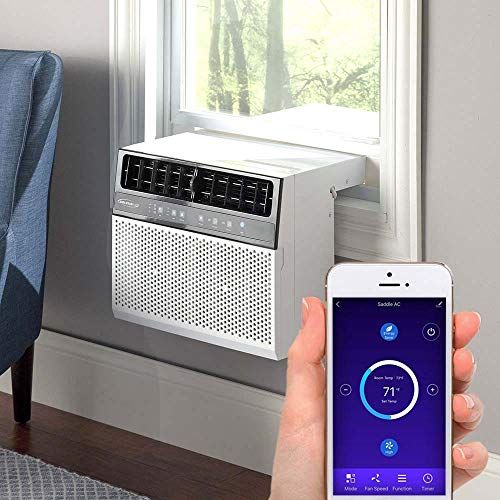
Soleus Air Micro-Split Window AC
This clever variation on the traditional window AC unit is quieter and safer.
The design choice not only leaves most of the window unobscured by the AC unit but also minimizes noise and virtually ensures the unit will never fall out of the window. GE's ClearView models use this design, as do Soleus Air Micro-Split AC models.
Use Portable Air Conditioners Anywhere
Window air conditioners are more efficient than portable air conditioners, but if you rent or lease, you might find yourself unable to use a window unit.
Many apartment complexes and high-rise buildings prohibit the use of window air conditioners on the grounds that they don't want the eyesore and/or hazard risk that comes with heavy air conditioners sticking out of windows.
That doesn't mean you can't use a portable air conditioner, however, as all the unsightliness and heft of the machine remains inside your home. If you've never heard of portable air conditioners, you're certainly not alone, they're a relatively recent addition to the home heating and cooling market.
Rather than sit in the window, portable air conditioners sit inside the room. They have a similar profile to dehumidifiers or large air purifiers. They include a flexible hose, similar to the kind you might see on the back of a dryer, used to exhaust hot air outside your home through a spacer fitted in a nearby window.
Portable air conditioners come in two basic types: single hose and double hose. Single hose models are less efficient as they eject some of the conditioned air from your home (while simultaneously pulling in unconditioned from the room beyond the unit). Double hose models are much more efficient as they pull air from the outside to assist in ejecting the waste heat, leaving the conditioned air in your home more or less undisturbed.
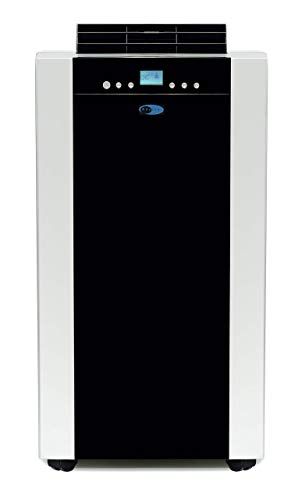
Whynter ARC-14S Dual Hose Portable AC
When shopping for a portable AC unit, always go for a dual-hose model.
With that in mind, if you're currently shopping for a portable air conditioner, look specifically for dual-hose models like this Whynter ARC-14S or this Dreo TwinCool.
By all means, if you're suffering through a heatwave and only have access to a single-hose model, use it to stay cool, but when buying new look for a dual-hose model.
While practically every model comes with a simple spacer for a traditional single or double-hung window that can usually be rotated vertically for a slider window, you may need to order an adapter for a taller "window" like a sliding glass door or an awkwardly shaped one like a casement window.
Don't Overlook Dehumidifiers in Damp Climates
Dehumidifiers might not be on your mind when you're talking about staying cool. The bulk of them, after all, are purchased to keep damp crawl spaces and basements dry.
But evaporative cooling is the fundamental way humans cool off. The higher the humidity, the harder it is to sweat effectively, and the more dangerous high temperatures become. If you've ever heard weather forecasters talking about the heat index or seen the RealFeel temperature on your favorite weather app, you're seeing the effect of the ambient temperature and the humidity presented in a way that translates to human comfort (and risk). The old "It's not the heat, it's the humidity!" chestnut people like to trot out is well grounded in science.
If it's 92 °F and around 40% humidity, it feels like it's about 94 °F. That's still pretty warm, but it's not deadly hot, especially if you take it easy. But if it's 92 °F and around 95% humidity, it feels like 127 °F. At that heat-index reading, you're at risk of heat-related injury even if you're sitting still and not exerting yourself.
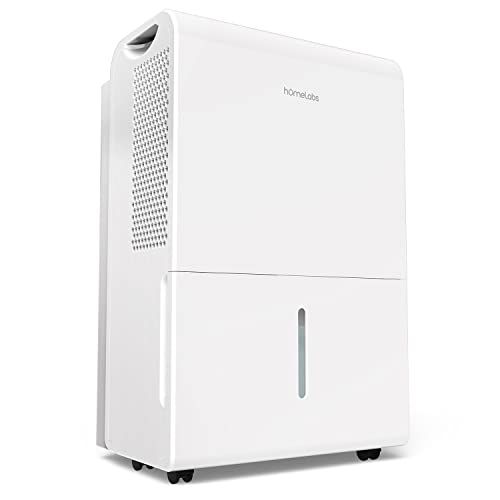
hOmeLabs Dehumidifier
In humid environments, dehumidifying your living space can significantly increase your comfort.
That's an extreme example, of course, but you get the idea: the drier the air, the easier it is to tolerate higher temperatures. That's why air conditioning doesn't just cool the air, it also removes moisture to lower the humidity (and why some smart thermostats have long-run dehumidification setting to further dry out your home to increase your comfort.)
If you're trying to say cool in Arizona or Nevada, where the ambient summer humidity is typically 30% or lower in the summer, a dehumidifier isn't the solution you're looking for.
But in areas where summer heat is coupled with high humidity, you'd be amazed how much mileage you can get from lowering the humidity level with a dehumidifier.
Yes, running a dehumidifier will add heat energy to your home (just like anything, including running your computer, adds heat energy). Still, if you're in a very humid environment, adding a small amount of heat to remove literal gallons of water from the air every day will significantly improve your comfort. You could even opt to run the dehumidifier when you're away during the day at work, then switch it off and run the AC when you're home. Your AC will feel even better when the air is extra dry.
Further, if you happen to live in a home with a basement or have a basement apartment, running a dehumidifer to combat moisture buildup in that space is a good idea anyway. Heading down to the basement to beat the heat is a time-honored tradition, but it feels even better when the basement is dry. Running a large dehumidifier in my basement only raises the basement's temperature a degree or two, but the shift in comfort from cold and damp to cold and dry is significant.
Evaporative Coolers Shine When It's Bone Dry
Dehumidifiers might not be particularly useful in dry climates, but evaporative coolers can be. Evaporative coolers, also commonly called "swamp coolers," are the opposite of a dehumidifier.
Instead of taking moisture out of the air so that we can sweat more effectively in humid climates, in very dry climates, they put moisture back into the air to leverage evaporation to help us cool off---evaporation doesn't just cool us, it can also cool the environment we're in.
If you live somewhere that it's hot but very dry, such as the arid regions of the western United States, running an evaporative cooler in your home can effectively lower the temperature 5-15 °F. It might be just what you need to take the edge off a hot, but heat-warning hot, kind of day.
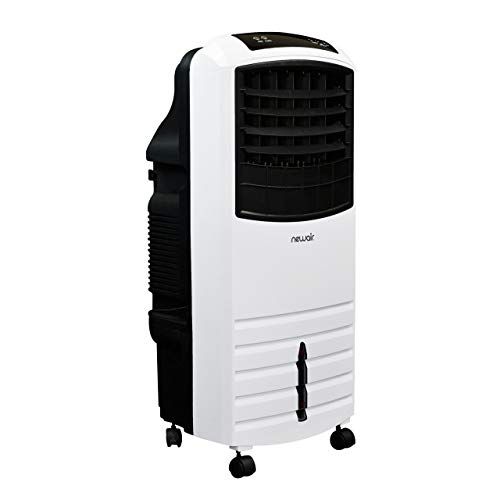
NewAir AF-1000W
Evaporative coolers add water into dry air to cool the local environment at a low cost.
Unlike traditional air conditioners where you keep your home buttoned up tight with all the windows closed, an evaporative cooler functions better when there is a slight cross breeze. Crack a few windows to let some dry outside air in, and the humidified air out.
We mention evaporative coolers here in the interest of thoroughness and to help our readers in all sorts of climates, but we'll caution you. If this is the first time you've heard of evaporative coolers, then there's a good chance they're a poor fit for your local climate as you'd likely have heard friends or neighbors talk about them.
Make sure not to use an evaporative cooler unless you live somewhere with very dry summers, and even in places with dry summers, when the temperatures rise, you'll need a backup plan.
Supercool Your Home at Night
You may have never heard of the term before, but rising energy costs (and rising daytime temperatures!) have made it increasingly popular to use an HVAC technique called "supercooling."
The idea behind supercooling is simple. Whether you're using a whole house AC system, a window unit, or a portable AC unit, your goal is to run the unit at the lowest possible temperature during off-peak hours in the middle of the night.
Not only do you save on electricity by using the AC the most when it is cheaper, but you save during the day because the unit works all night to eject heat when the environment is the coolest.
Depending on how hot it gets during the day, your AC will likely turn back on at some point, but you'd be amazed how long you can coast on the supercooling window. I supercool my home every night, and the whole house AC doesn't typically turn on until around 4 PM.
Whether you supercool with a whole house AC, use a dehumidifier to make your cold (but damp) basement comfortable, or use some combination thereof to beat the heat, there's always a way to leverage technology to make summer heat waves more bearable.

